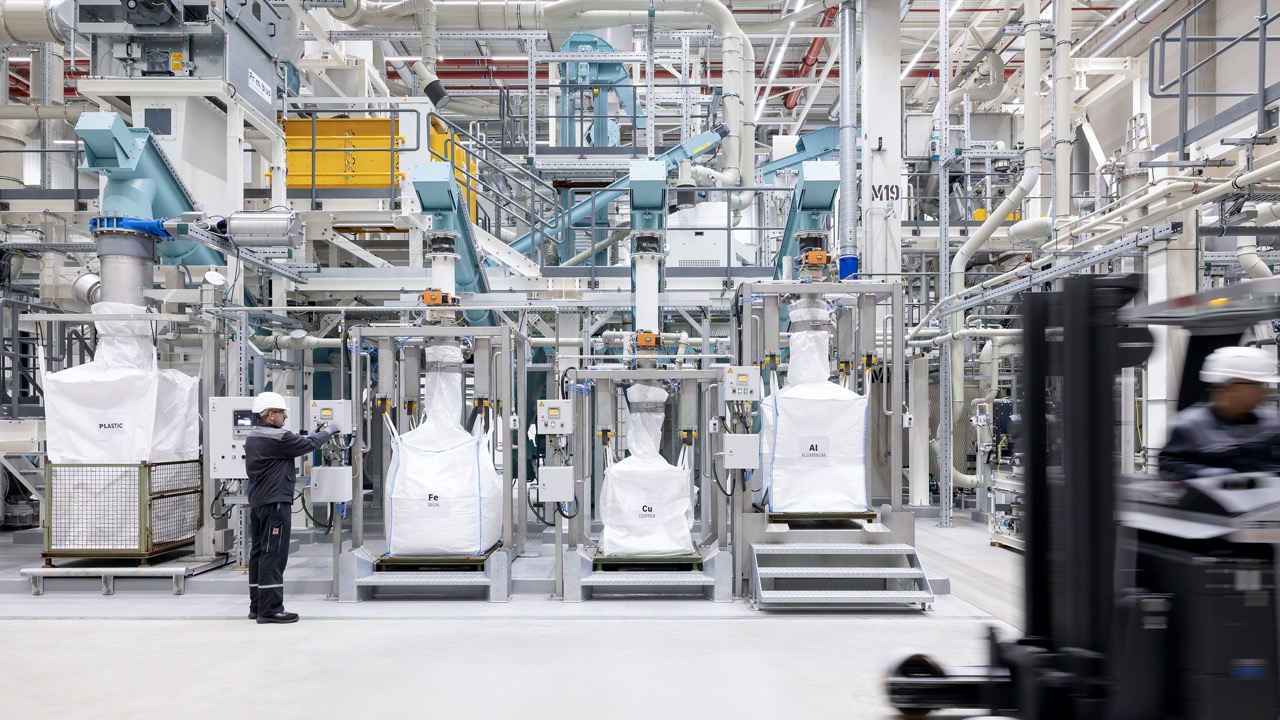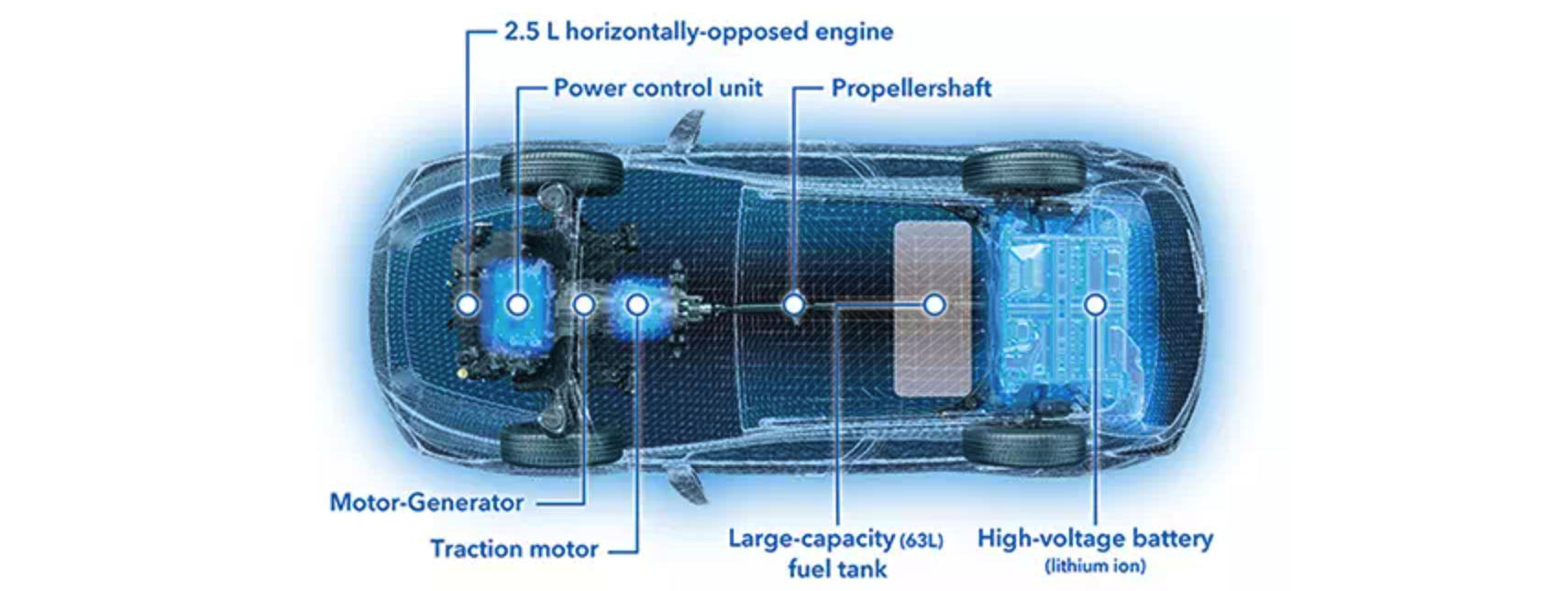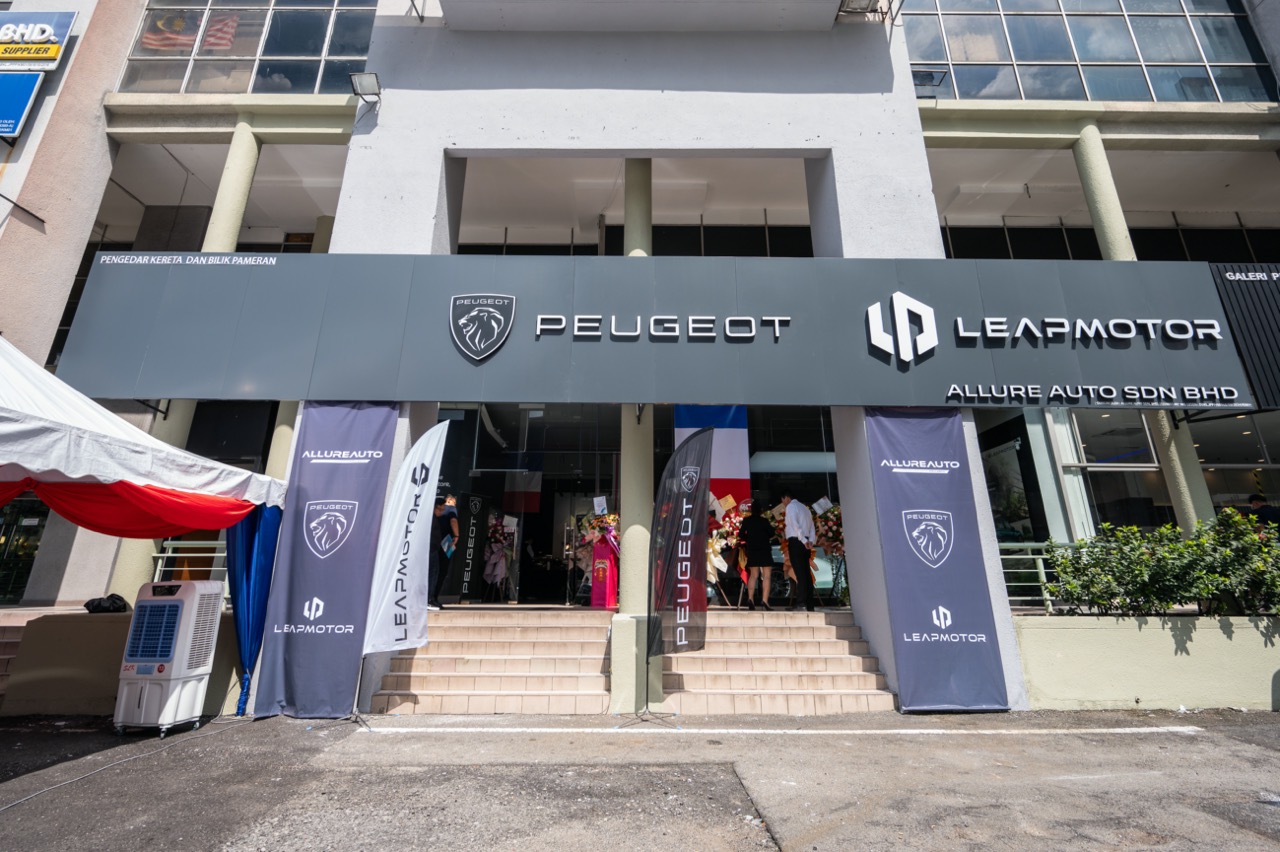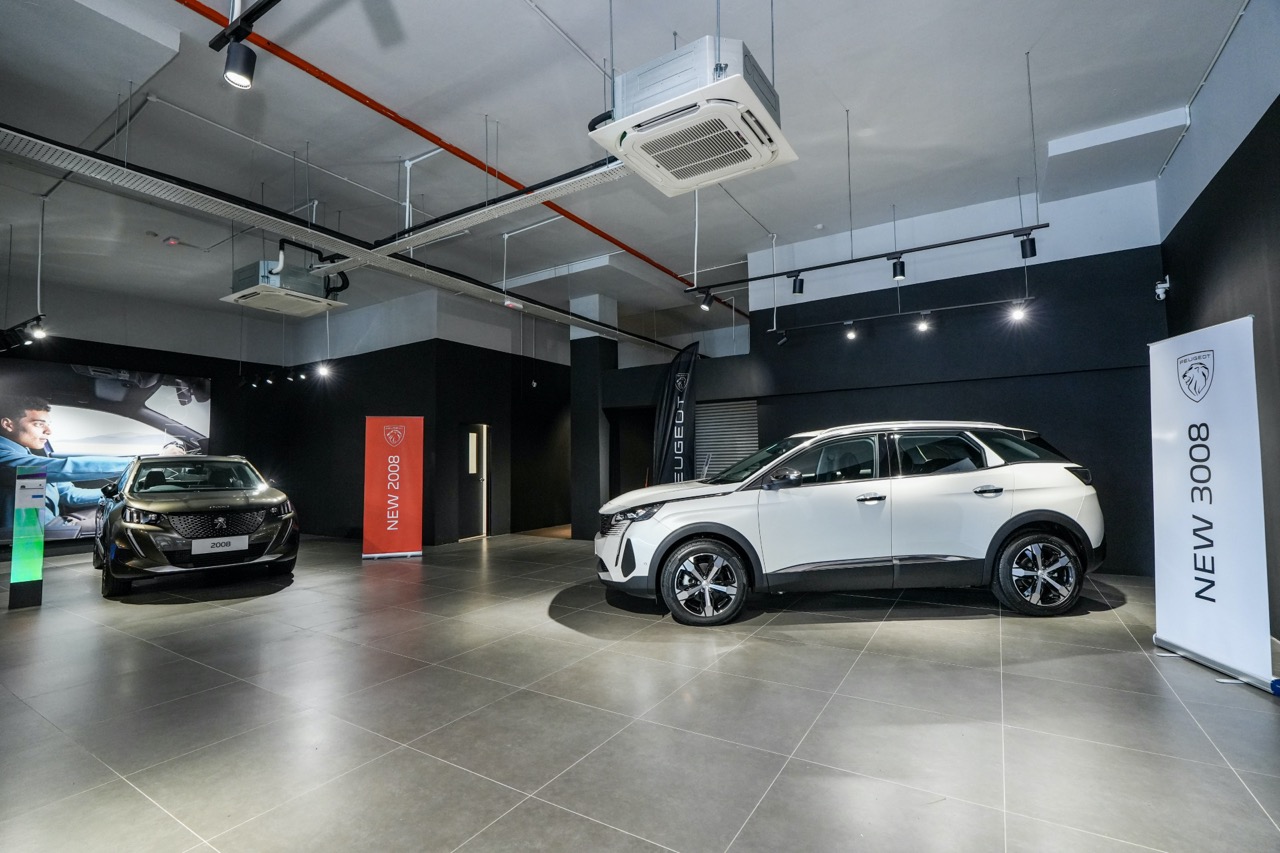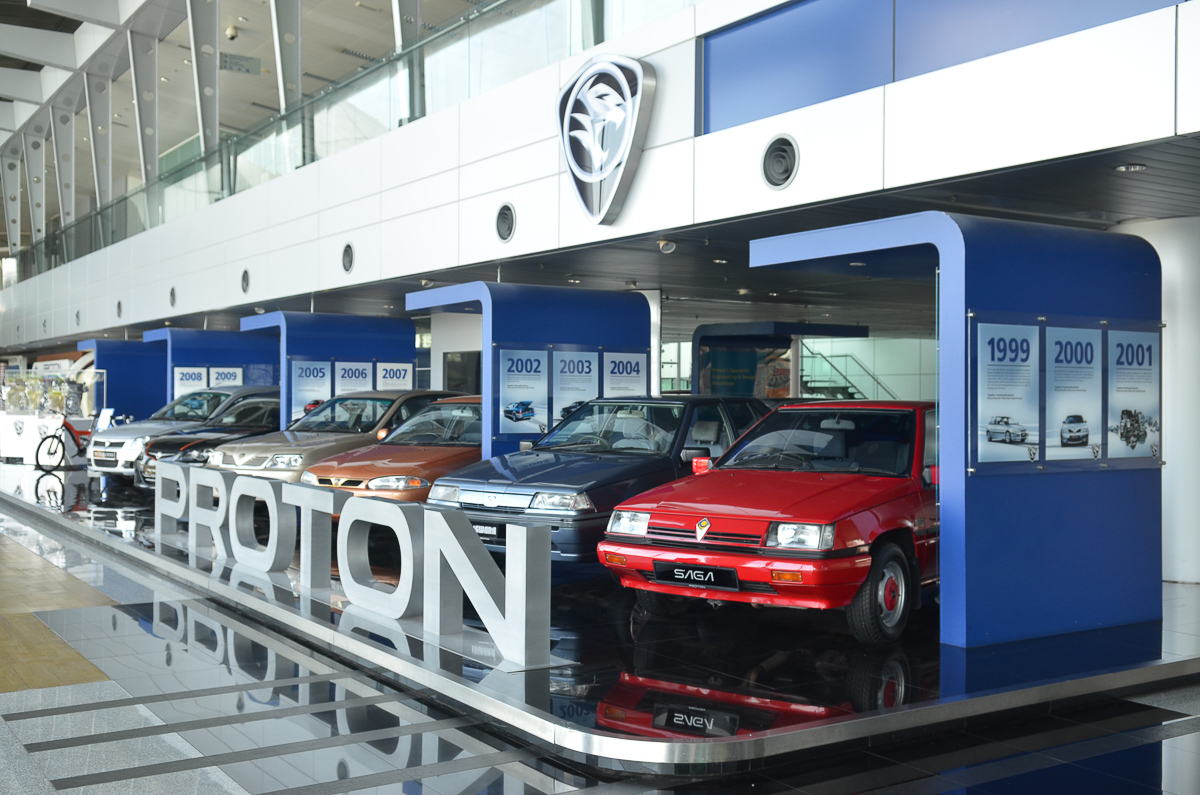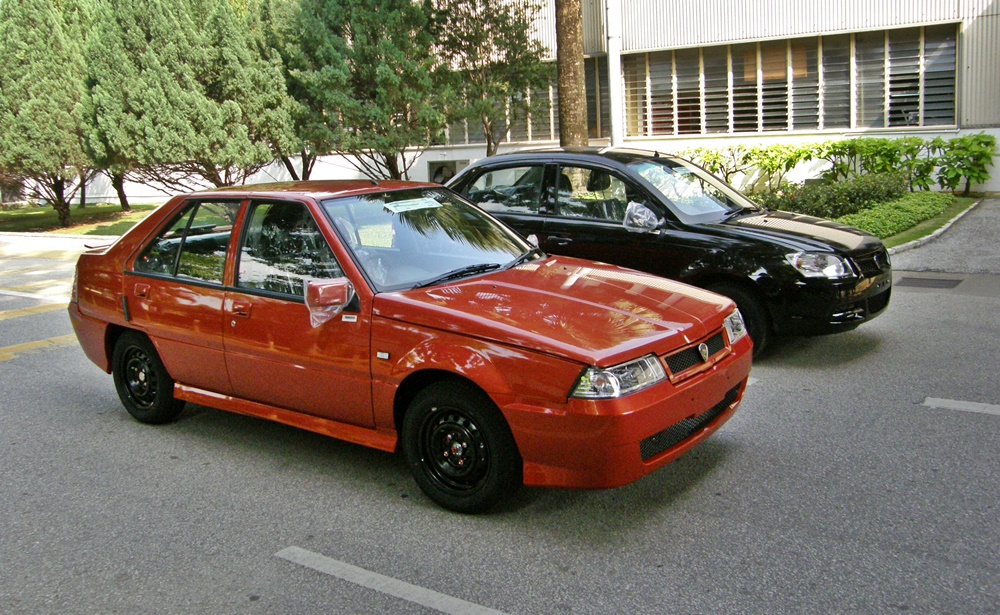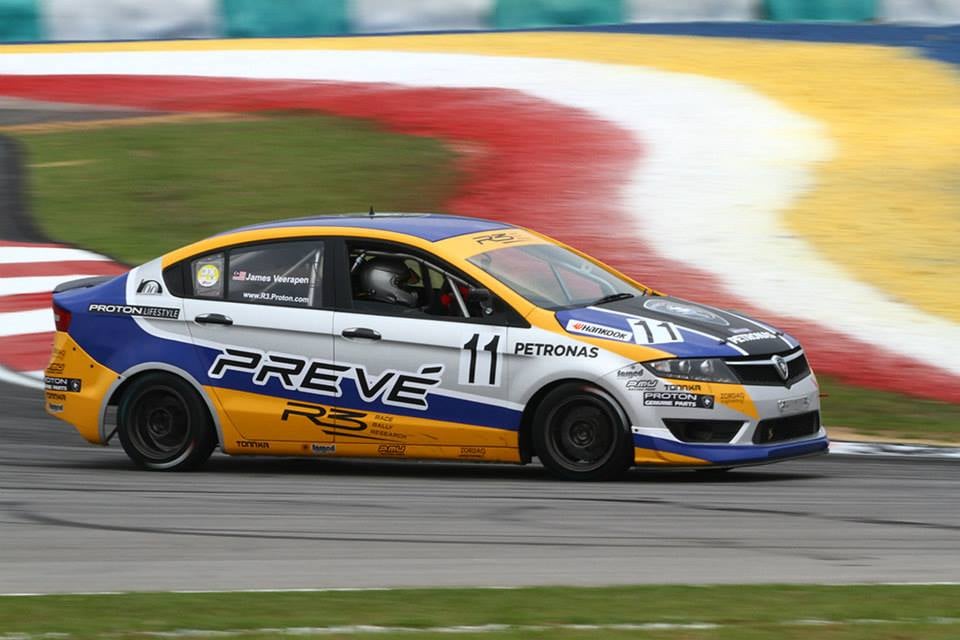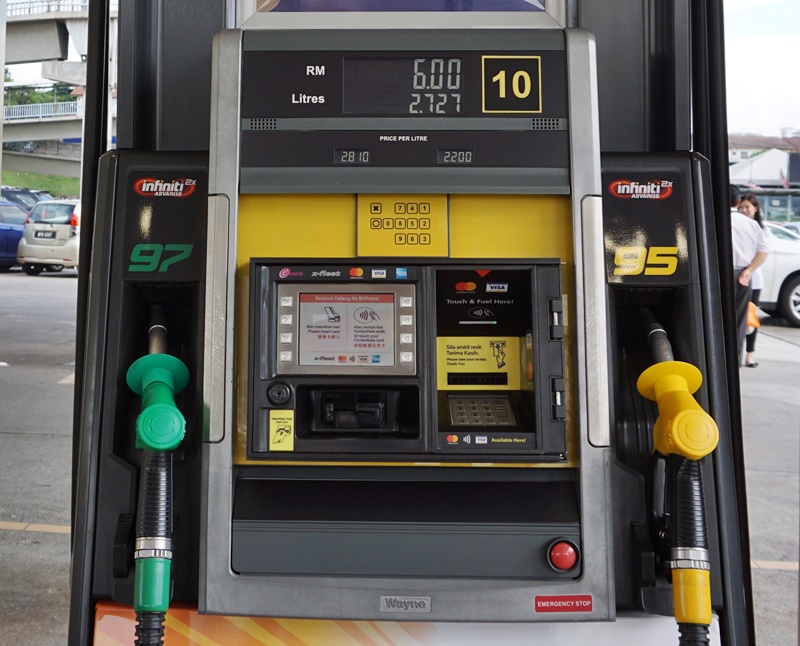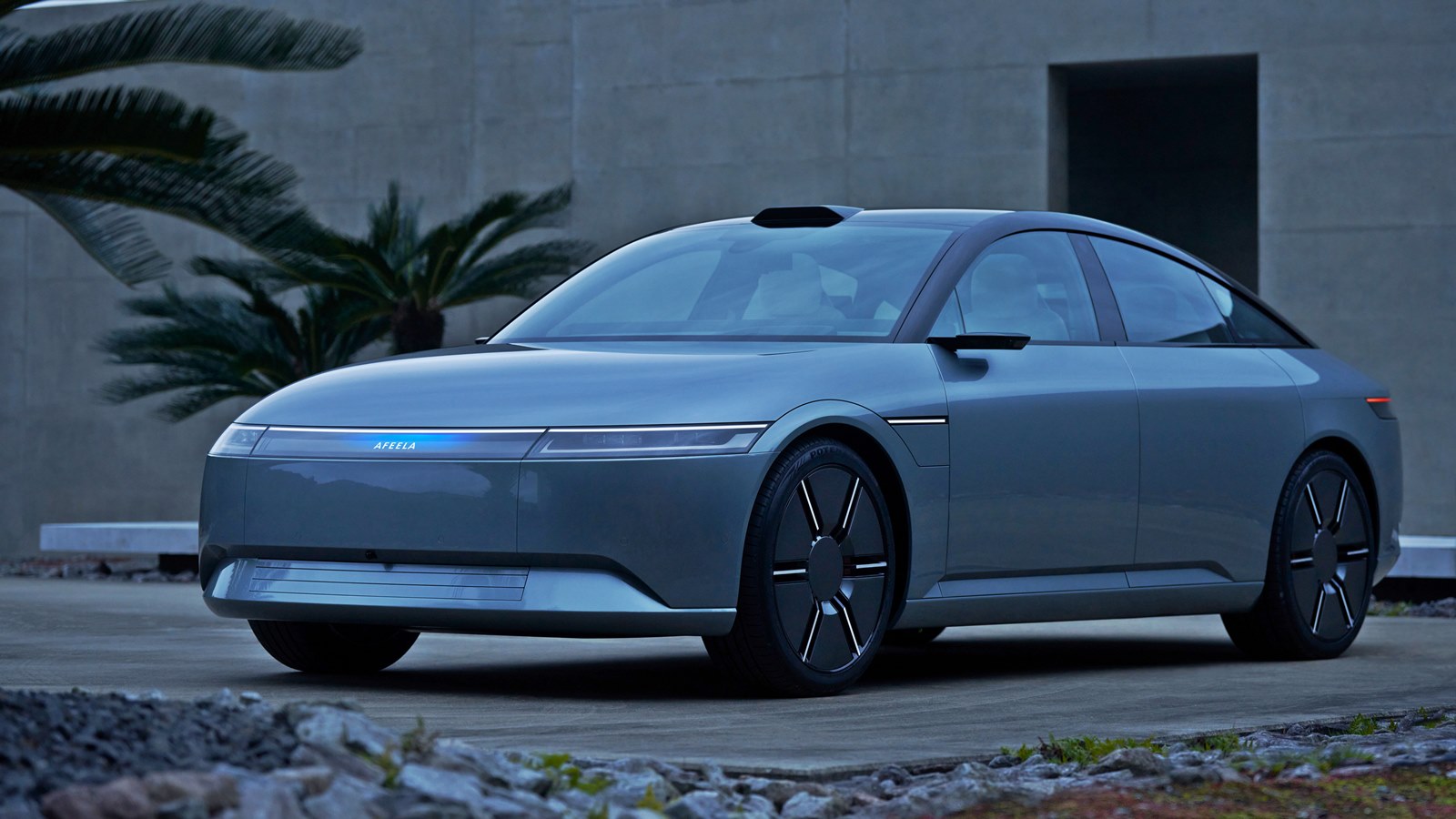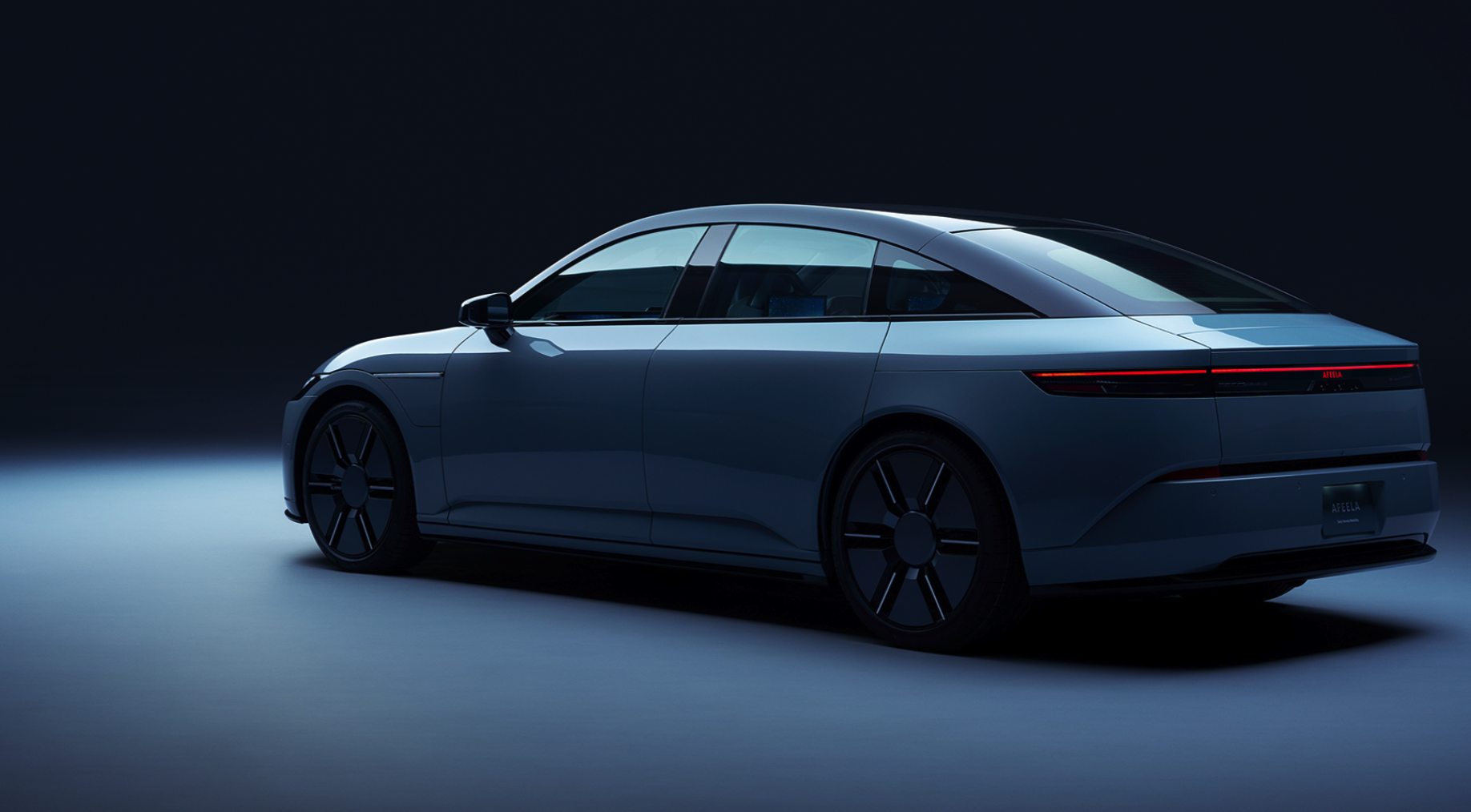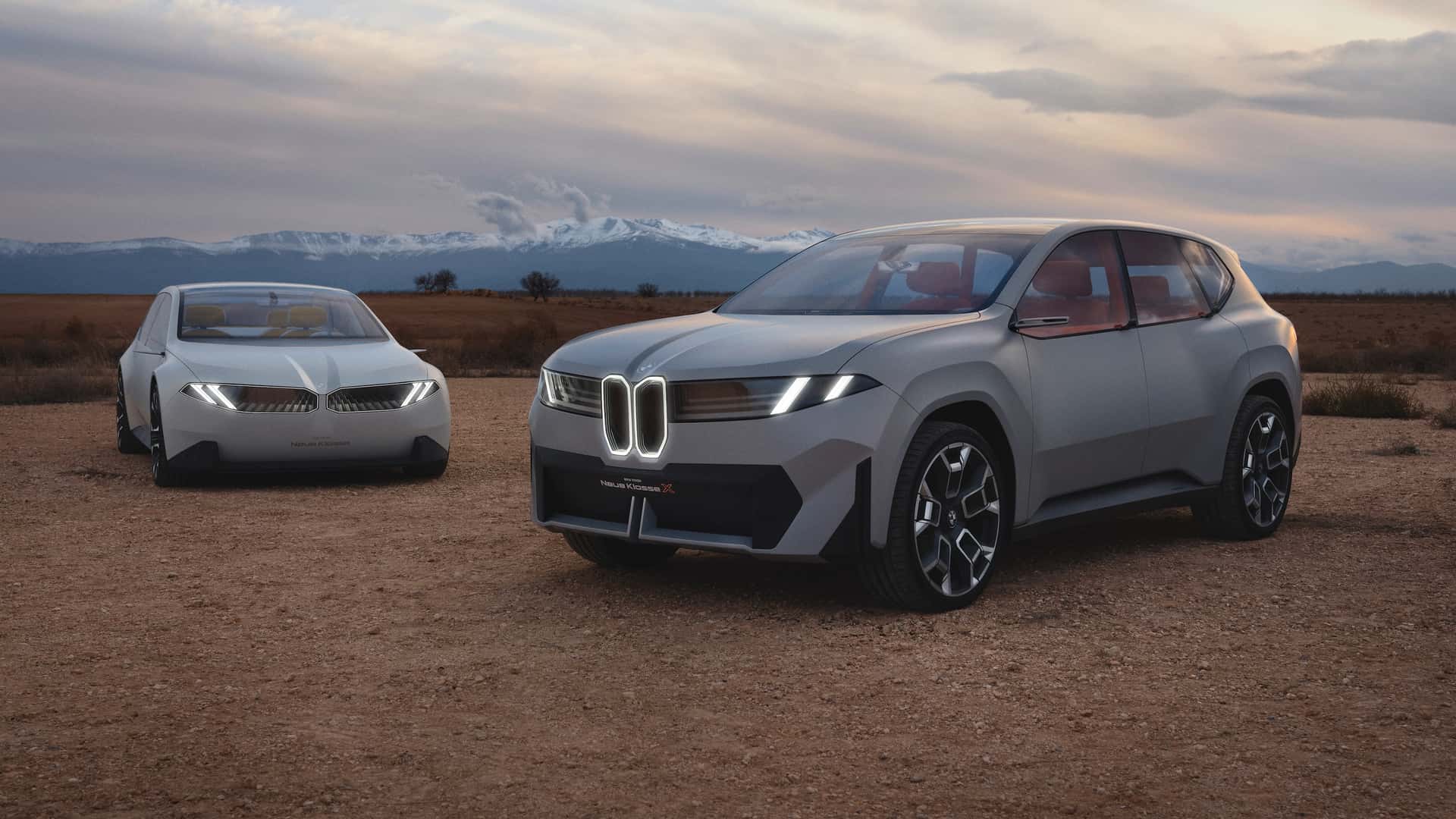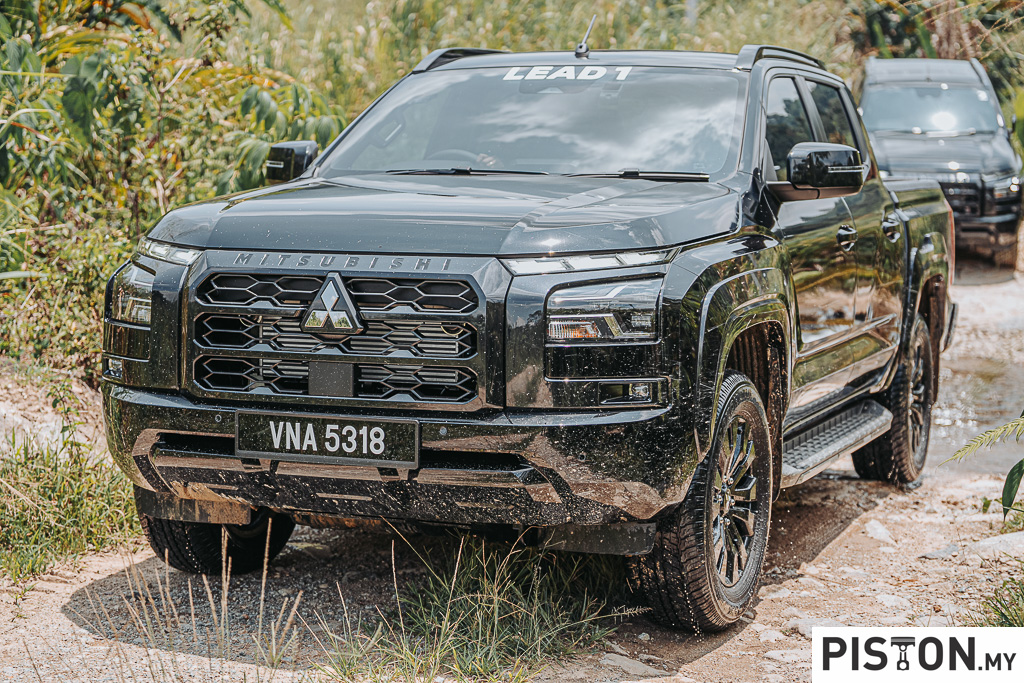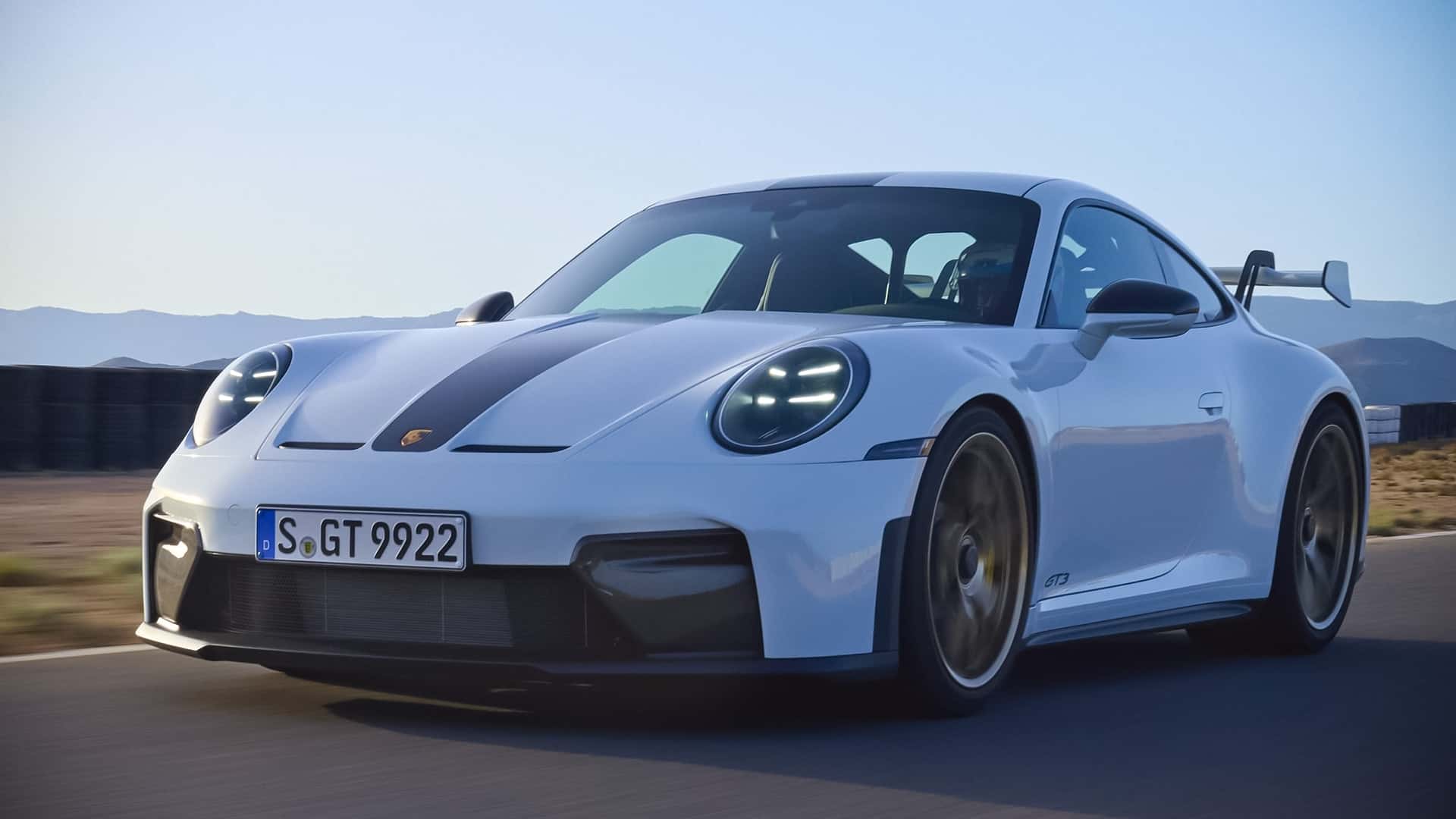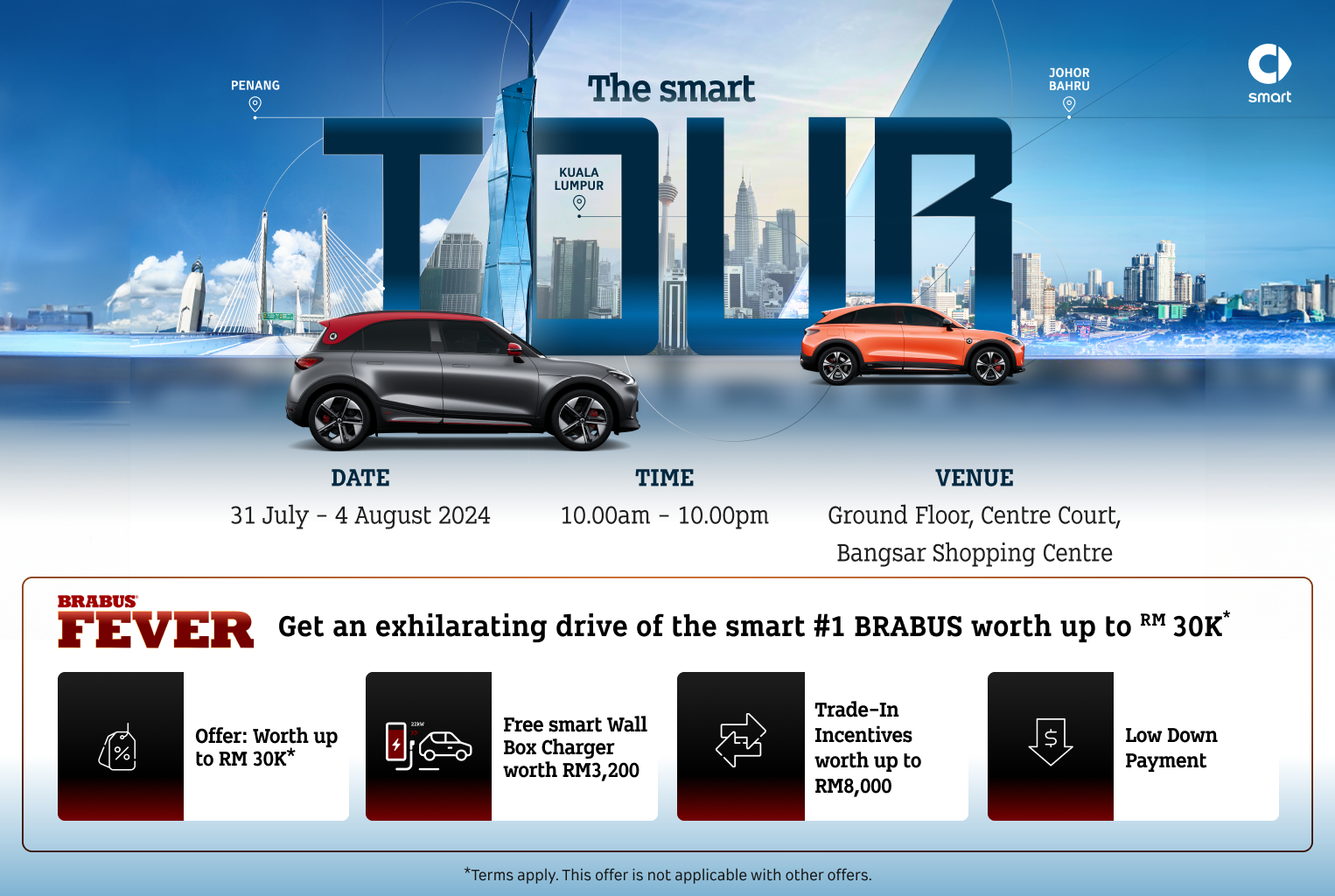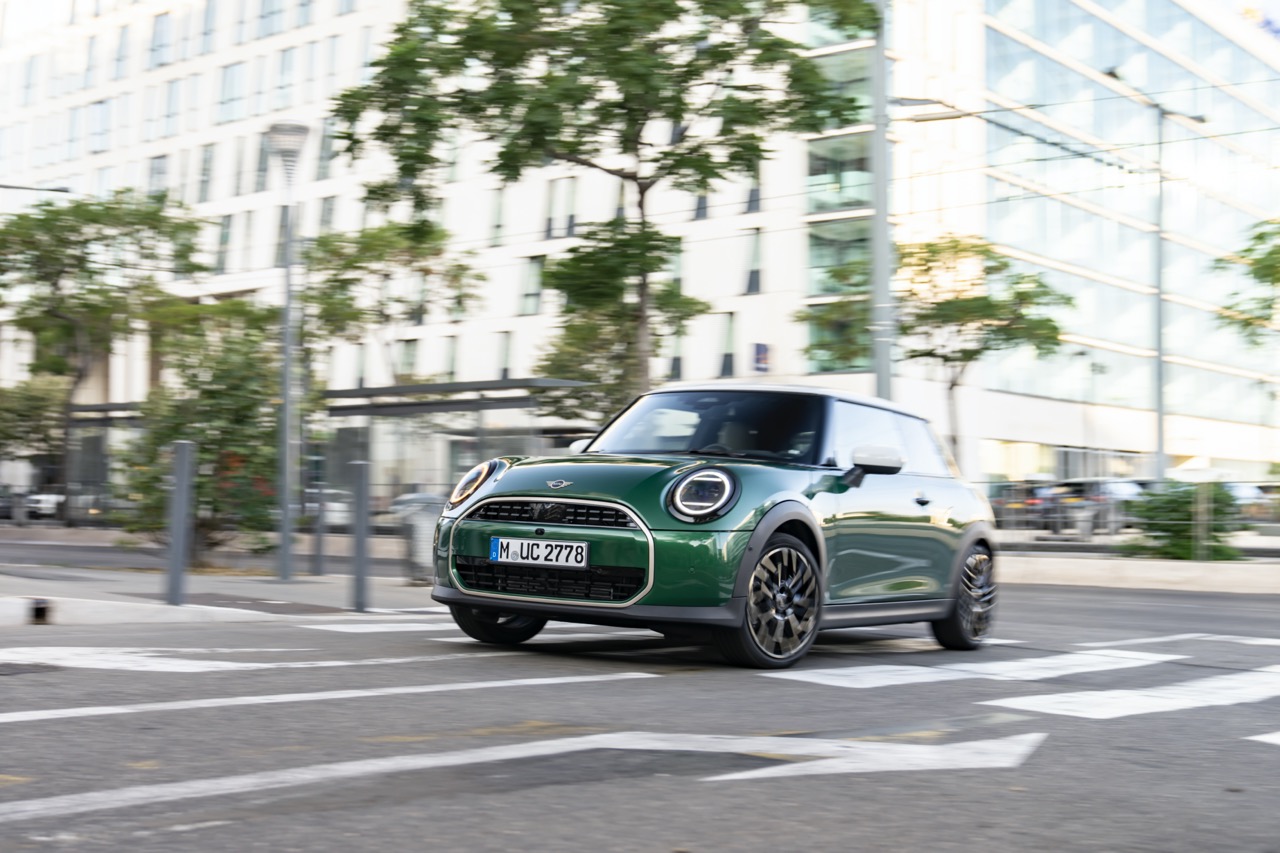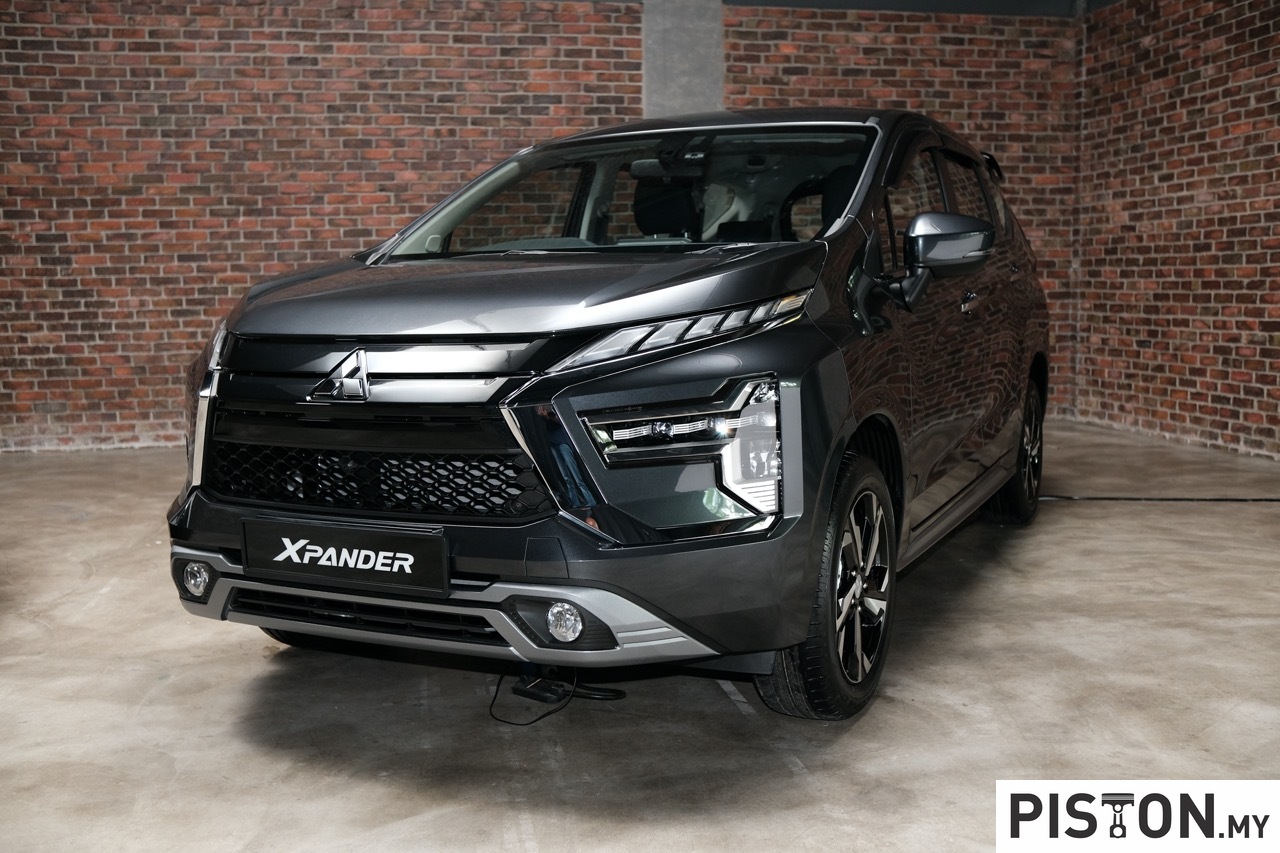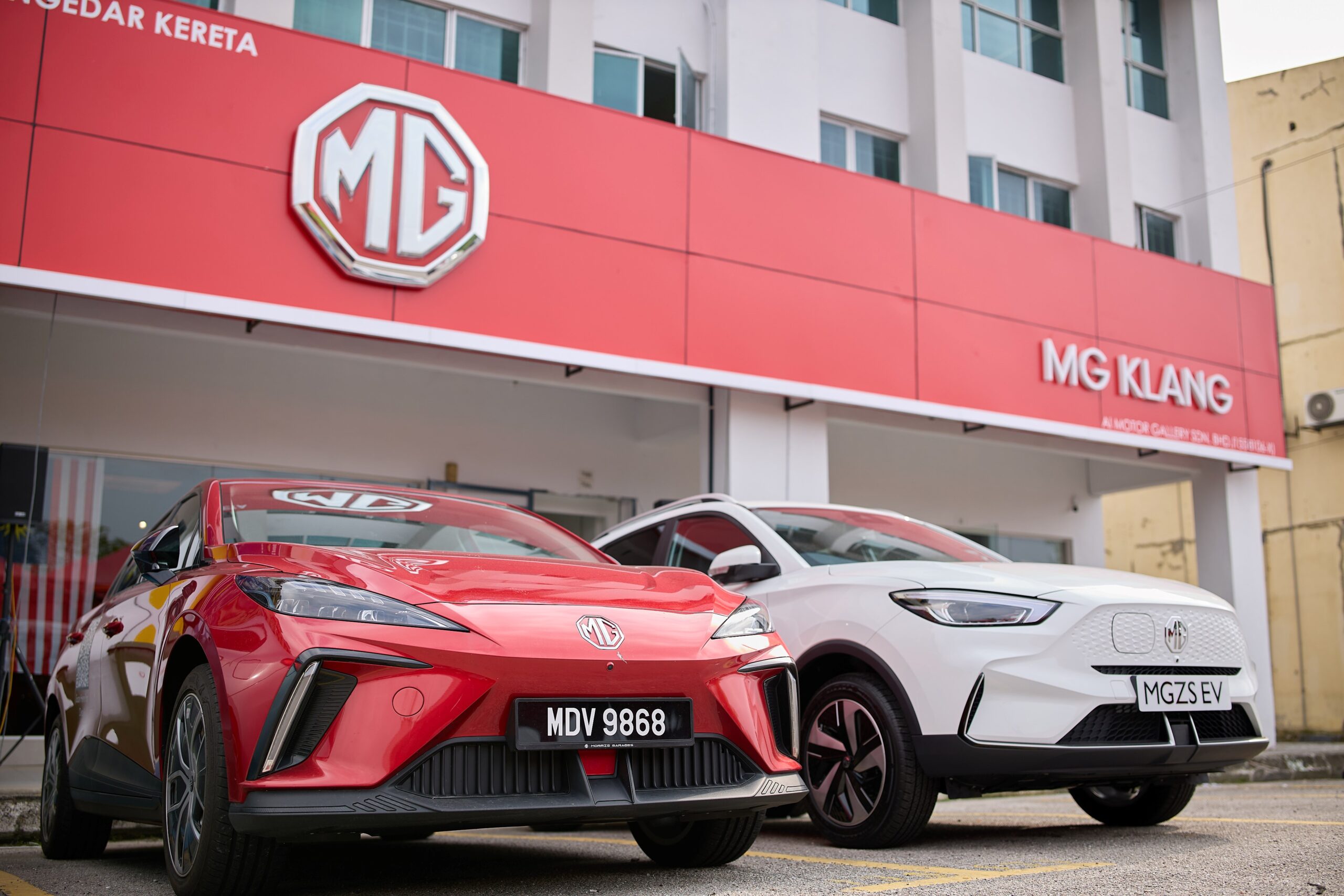Mercedes-Benz has launched Europe’s first battery recycling plant with an integrated mechanical-hydrometallurgical process in Kuppenheim, southern Germany. This makes Mercedes-Benz the first automaker to close the battery recycling loop within its own in-house facility. The plant represents a significant milestone in the company’s efforts to promote a circular economy, reduce dependence on primary resources, and improve sustainability across its operations.
Key Features of the Kuppenheim Battery Recycling Plant:
- High Recovery Rate: The recycling facility boasts an anticipated recovery rate of over 96%, enabling the extraction of valuable materials like lithium, nickel, and cobalt for reuse in new electric vehicle batteries.
- Circular Economy: The plant is designed to create a closed-loop recycling system, ensuring that materials from old batteries are repurposed into new ones, furthering Mercedes-Benz’s commitment to sustainability.
- Innovative Process: The recycling process involves a combination of mechanical sorting of materials such as plastics, copper, and aluminium, followed by hydrometallurgical extraction of critical metals from battery electrodes (the “black mass”).






